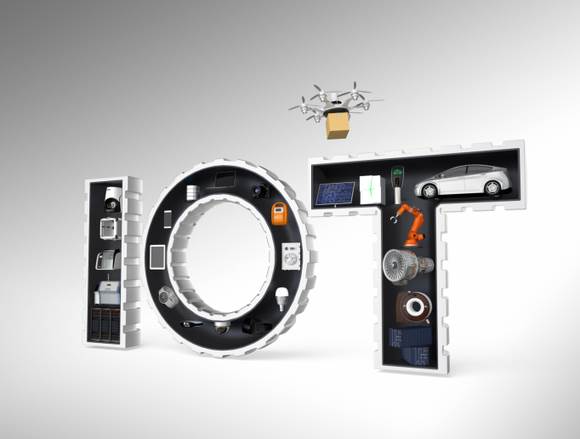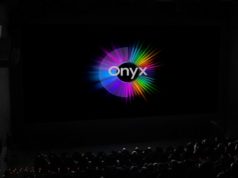Lower power. Longer range. That’s the story behind Wi-Fi HaLow, a new technology the Wi-Fi Alliance has just introduced to help tap into the momentum around low power Wi-Fi solutions that cater specifically to the Internet of Things (IoT).
The Wi-Fi HaLow designation, which aims at products leveraging IEEE 802.11ah technology, works at and below the one gigahertz frequency band without sacrificing range. In fact, HaLow promises even longer range and lower power connectivity than current standards. The Wi-Fi Alliance is targeting smart homes and smart city environments, as well as digital healthcare, connected car, agricultural, retail, and industrial applications.
Edgar Figueroa, president and CEO of the Wi-Fi Alliance, said HaLow can meet the specific needs of these markets “because of its ability to operate using very low power, penetrate through walls, and operate at significantly longer ranges than Wi-Fi today.” He said he expects to see HaLow connect apps ranging from “small, battery-operated wearable devices to large-scale industrial facility deployments — and everything in between.”
Considering IoT’s Potential
HaLow works by extending Wi-Fi into the 900 MHz band. This effectively makes possible lower power connectivity, a key demand for applications, including sensors and wearables. One of the most impressive features of HaLow is the range, which is nearly twice that of the last Wi-Fi standard.
That means it transmits signals further and offers a stronger connection even in areas with thick walls or other barriers. The Wi-Fi Alliance said HaLow will also offer such benefits as multi-vendor interoperability, simple set up and government-grade security.
“Wi-Fi Alliance programs have been instrumental in shaping and guiding the industry,” said Phil Solis, an analyst at market research firm ABI Research, in a statement. “Wi-Fi’s portfolio of technologies continues to address market needs, and Wi-Fi’s evolution will allow it to address a variety of new use cases.”
Because many devices supporting Wi-Fi HaLow should operate in 2.4 GHz, 5 GHz and 900 MHz, devices tapping into the technology can connect to more than 6.8 billion installed devices. Like its predecessors, Wi-Fi HaLow devices offer IP-based connectivity support so users can connect to the cloud natively. That’s an important feature when considering IoT’s potential.
Pipes of the Future
In fact, IoT is at the center of the HaLow effort, even as the Wi-Fi Alliance presses to continue playing a key role in the new era of connected devices. The alliance is working on other IoT-specific projects that will drive Wi-Fi deeper into the smart home and other segments, such as developing a new way to connect and configure devices without the need for input mechanisms or displays, which is something the smart home market demands.
We caught up with Roger Kay, principal analyst at Endpoint Technologies Associates, to get his take on the new designation. He told us this development has been underway for years. And the standard, supported by a broad range of companies, notably Qualcomm and Intel, is on schedule. It is set to come to market early this year.
“I see it as another piece of the puzzle. It will extend the range of Wi-Fi devices — typically at lower data rates — link with other WiFi varieties, and help connect the sea of new device types coming online. It won’t displace either Bluetooth or LTE, which have different profiles,” Kay said. “LTE is for greater range, and Bluetooth is for higher data rates and shorter distances at lower power. Together, they all will supply the pipes of future Internet connection, particularly after IPv6 is widely adopted, and even tiny end nodes become full Internet citizens.”







